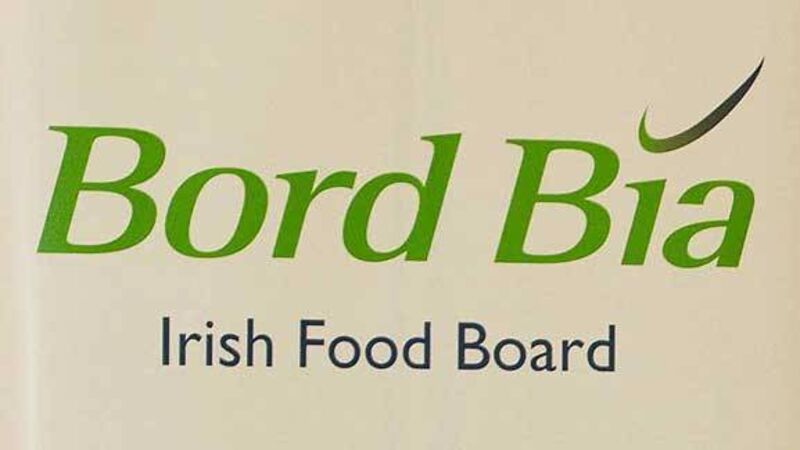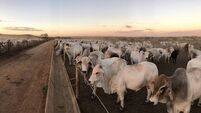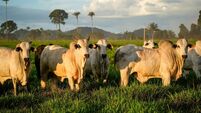Bord Bia: Increasing opportunity for Irish beef in Chinese market

Beef sector manager Mark Zieg said China, one of the world’s biggest beef importers, is showing no signs of decrease in demand for Irish beef due to its proven excellent quality and traceability.
Although pork and chicken are the main meats in China, last year an estimated 467,143 tonnes of frozen beef were exported directly to China. The figures were based upon statistics from Chinese customs.
With a steadily growing population and a rising middleclass, the figures show Chinese consumers are eating more beef. Different culinary cultures are having an impact on the Chinese population as is movement within the country.
“Bord Bia’s role over the last five to 10 years was to pave the way to open the market by studying and meeting customers,” says Mr Zieg.
With the overall figures showing a rise in demand for better quality beef in China, Bord Bia predicts Ireland will continue to have a strong share in this market. With grass-fed cattle that are traced and monitored, Irish beef is know for its reliability and excellent standard. Bord Bia’s Shanghai office is actively promoting the quality of Irish meat.
The visit to Ireland in 2015 of premier Li Keqiang, China’s Minister of Agriculture, was very beneficial in helping to communicate Bord Bia’s messages about the traceability and sustainability of Irish beef to the Chinese market. Meeting consumers of Irish beef and educating them on the production of the product helps build trust, says Bord Bia.
Meanwhile, Bord Bia’s Shanghai-based marketer Cathy Zhou says that, in spite of a slower economy, China will keep playing an important role in the beef market in 2016.
In the first half of 2015, only six countries were allowed export beef to China; Australia, Uruguay, Argentina, New Zealand, Canada and Costa Rica. By the end of 2015, Brazil, Hungary and Chile were added to the list of suppliers.
Market shares by country of origin will look considerably different by the end of 2016 with Brazil likely to edge out Australia as the principal supplier.
Additional countries and a reactivation of the grey channel in the latter months of 2105 led to oversupply and a weakening of prices.
However this situation is somewhat temporary and the market is expected to improve in 2016 but unlikely to return to the record levels achieved in 2014.
In 2015, Australia was the largest exporter to China followed by Uruguay. With a weaker economy forecast for 2016 it is estimated that Chinese imports will be influenced by price.
According to Rabobank although the grey channel has made the market volatile, the massive market will continue to offer sustainable opportunities for the rest of the world.













